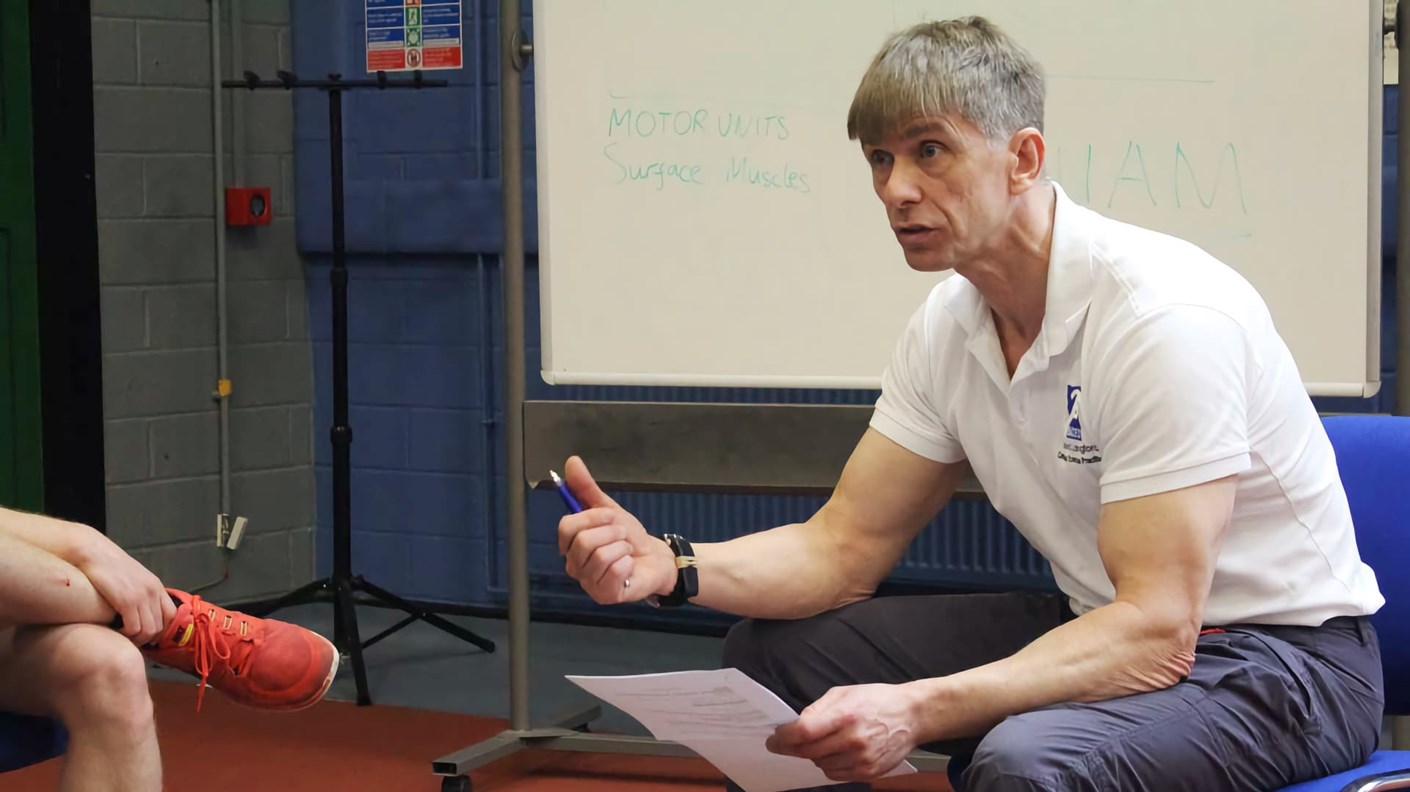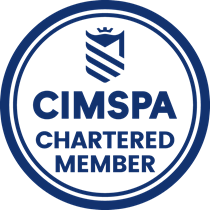David Langford - My Journey to Chartered Membership
MCIMSPA (Ch)
We welcome David Langford MCIMSPA(ch), one of CIMSPA’s first Chartered Activity and Health Practitioner members, to discuss his career in the sport and physical activity sector.
Individuals who are passionate, professional and competent drive the success and growth of our sector. Through sport or physical activity, they inspire and enable our nation to be active. In CIMSPA’s pursuit to showcase the excellence of the sport and physical activity sector’s workforce we present CIMSPA’s ‘Meet the Member’ blogs. Through a variety of interviews with CIMSPA members we want to highlight the different career avenues available in our sector and show just how diverse in experience our workforce really is.
In this instalment we welcome David Langford MCIMSPA(ch), one of CIMSPA’s first Chartered Activity and Health Practitioner members, an accredited BASES member and Research Associate for Aberystwyth Stroke Research Group. Join us as we discuss David’s extensive experience in the sector, the value of Chartered status for health and activity practitioners and the importance of professionalism in his line of work.
Could you briefly outline your background and current role?
I started my career as an army physical training instructor and after leaving I set my focus on re-training in clinical exercise and specialising in prehabilitation and rehabilitation for older, frail adults. I worked in an hospital outpatient’s department for nearly nine years, working with a consultant nurse and geriatrician gaining valuable clinical experience. I conducted a comprehensive assessment, including interpretation of clinical investigations, conducting appropriate sub-maximal tests to provide a baseline assessment of functional capacity.
Presently, I have two main roles as a Chartered Health and Activity Practitioner. I provide educational exercise clinics in the community and run my own private practice working with older frail adults who either reside in nursing care or independent living undertaking a full multidisciplinary health and exercise assessment.
My second role as a Research Associate at Aberystwyth University has been investigating the well-being and health of older people which include frailty and sarcopenia. I co-organise, from design to practice, the annual “Health and Functional Fitness MOT” attracting over eighty people over 65yrs. This incorporates a multi professional approach and has been in continuous development since 2013 with regular updating that reflects current research.
My present research is focused on post stroke recovery and gait impairment, I work with a team of researchers and collaborate with the NHS.
What does CIMSPA membership mean to you personally and professionally?
Personally, the Chartered status membership gives me immense confidence that I have maintained the highest professional standards throughout my dedicated career working with older adults. Professionally, it demonstrates my professional competence and excellence, skills and expertise to work with health practitioners, carers, GPs and researchers.
Why did you apply for CIMSPA membership?
Having worked in health and exercise for over 20 years I became aware that there is not adequate provision for employers assessing employee’s knowledge and experience in a specialism, for example long-term neurological conditions or working with older people. Chartered status is an accurate method of assessing the applicant for specialist knowledge within their scope of practice. As an experienced practitioner with a specialism I felt the need to challenge myself with the rigours of the application process which would highlight any strengths or weaknesses.
Why should current professionals join CIMSPA and apply for CIMSPA membership?
Chartered status is the highest level of professional achievement within the sector and individuals should aspire to provide the best possible outcome for those they work with. Those working in health and clinical exercise are increasingly associated with allied health professionals who are referring to our services more than ever before. Allied health professionals require confidence and quality to establish credibility and to work effectively as a team in a clinical exercise environment.

